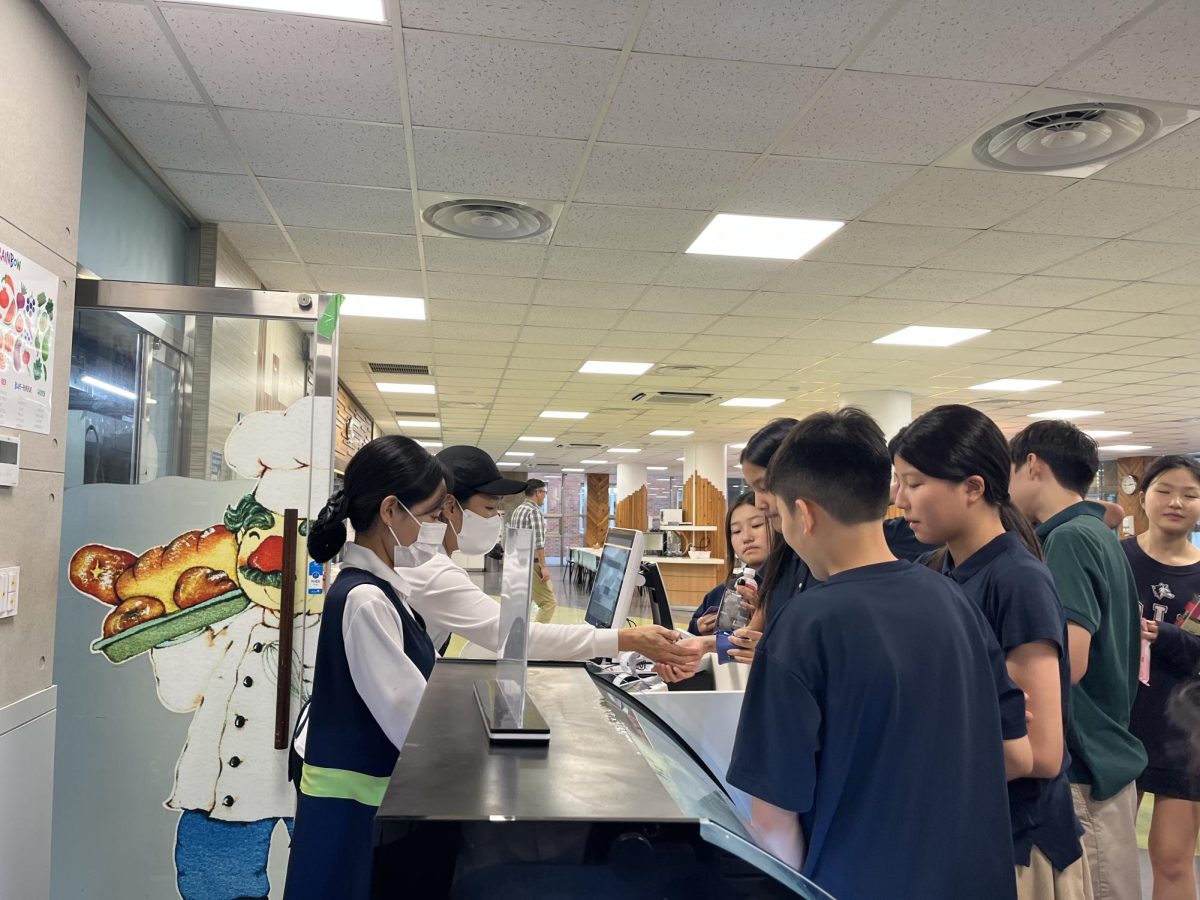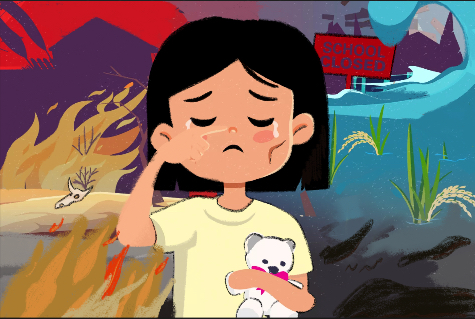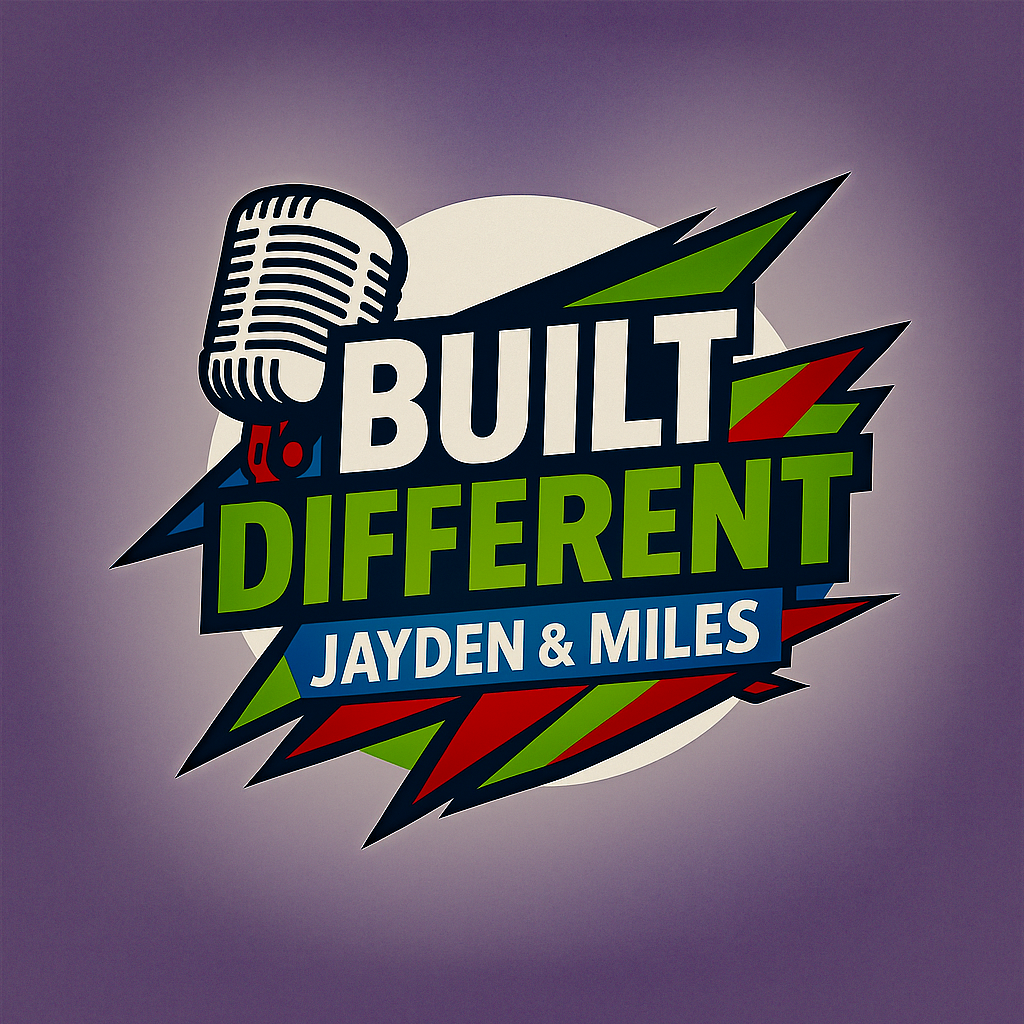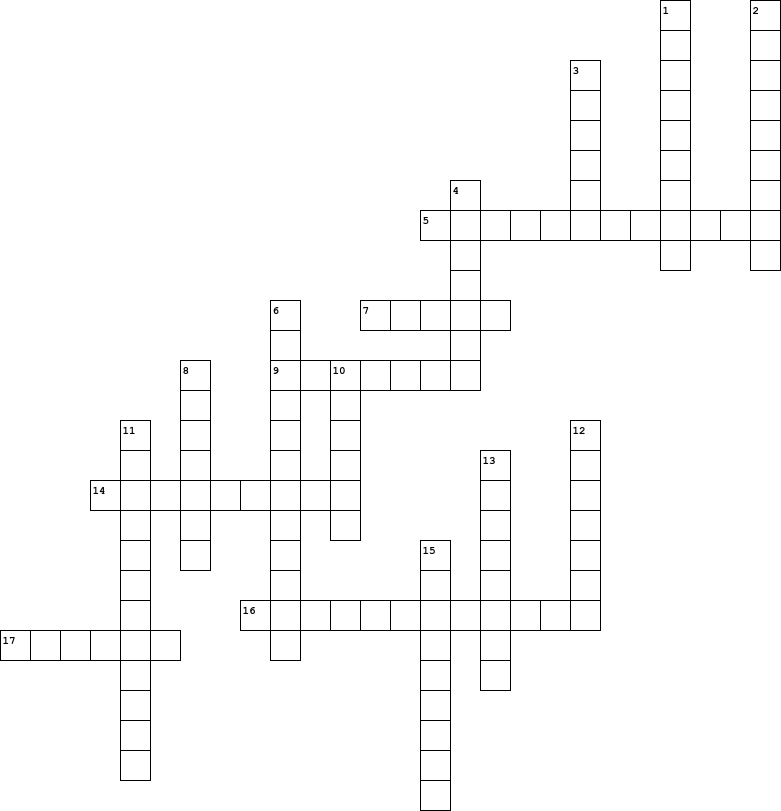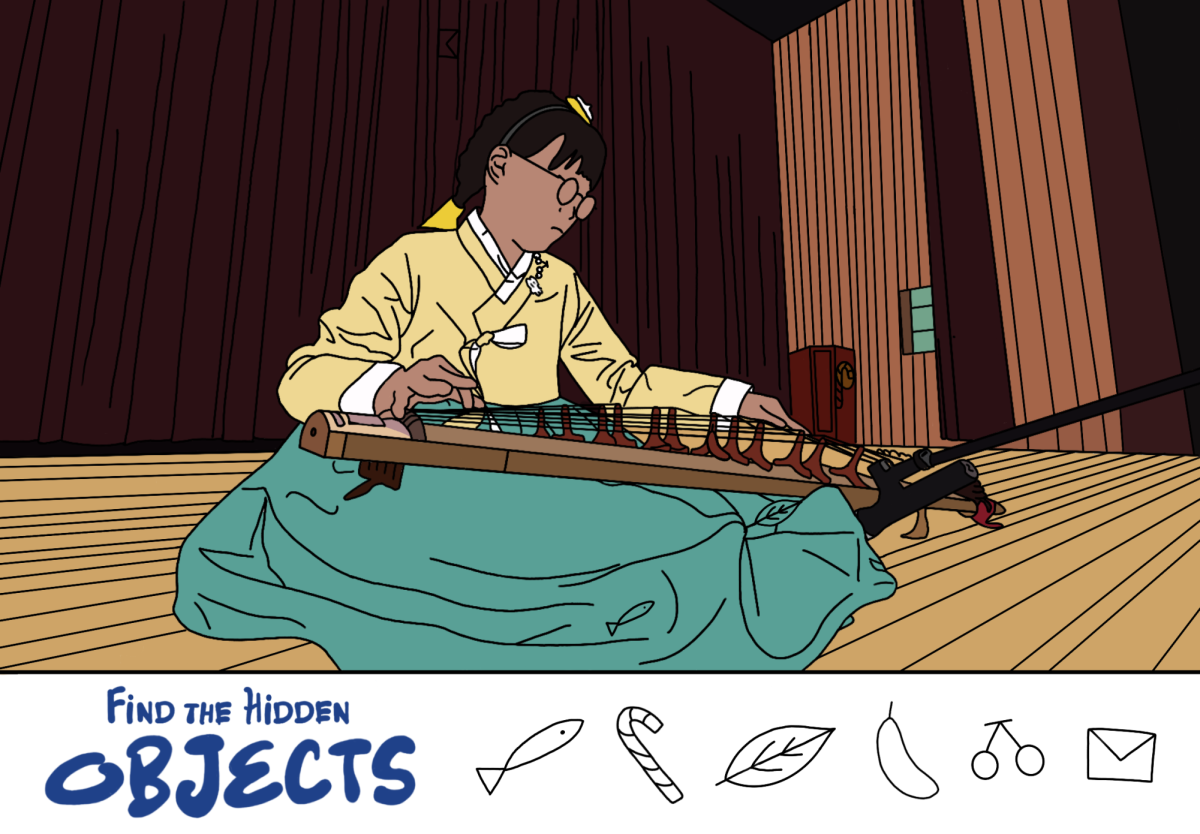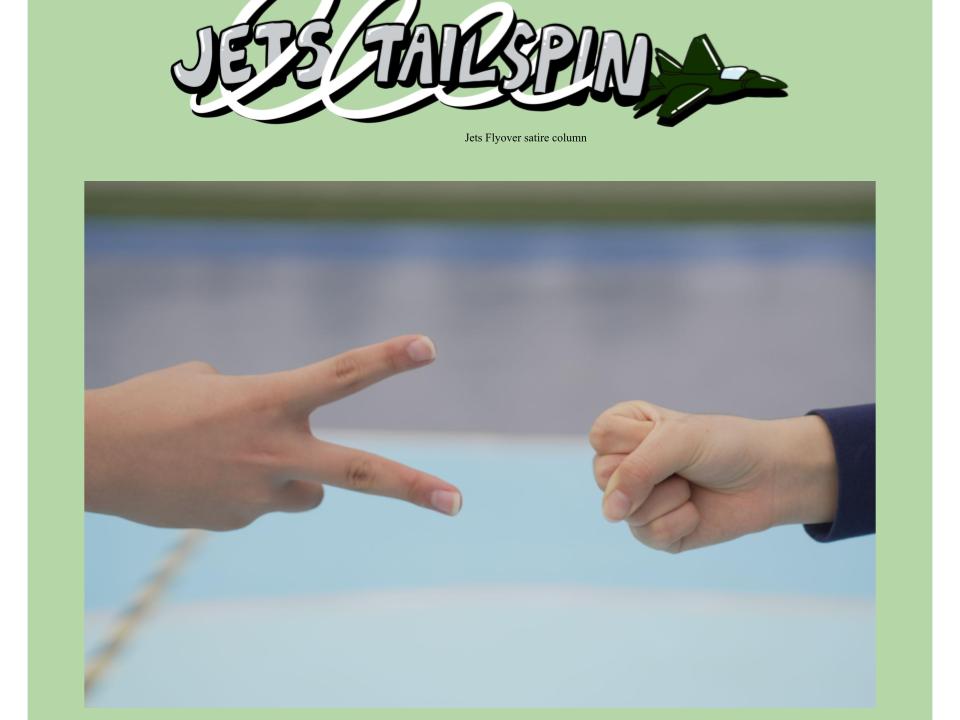
Throughout history, people resisted change in society. Time and time again, people neglect new technology that would benefit their world in the long term. For generations, textbooks reigned supreme as the primary method of education, but more interactive materials that liven up the classroom are on the rise.
Modern trends in education render the classroom classic as an artifact of the past. Each year, fewer and fewer teachers seem to utilize lexicons. Many students complain that teachers rarely use the textbooks provided and that they soon become a nuisance to carry around. Hans Park in eighth grade said, “I don’t see any classes using textbooks… I think it’s just a waste of space since not many classes use them.”
Engagement marks a reason for the obsolescence of such antiquated methods. Students tend to lose interest in the course material they learn without any external motivation. Hardcovers generally house bland questions and an outrageous amount of word problems that quickly become repetitive. In contrast, internet platforms like Khan Academy offer unique, attention-grabbing courses designed to allow students to learn at their own pace. These programs allow students to learn course material faster compared to conventional education.
Informative games on the web also support the anti-textbook argument. Educators no longer need to invent fun, catchy, and easy ways to review topics and ideas. Plenty of games like Kahoot and Gimkit support interactive learning. Personally, these interactive activities make up my fondest memories in class.
Technological advancements allow educators to enhance their lessons in more innovative ways. For example, an online math program called Deltamath houses features that allow teachers to easily assess students compared to traditional grading. In addition, online sources provide more up-to-date information and leave paper-and-ink encyclopedias outdated.
In comparison, both research and experience from veteran educators demonstrate that handbooks limit teaching abilities. School districts support them as well and encourage new experimental approaches in the classroom.
As a secondary benefit, the modern alternatives also prove more sustainable. Companies pour ridiculous amounts of paper, ink, and natural resources into publishing instructional materials, and they emit greenhouse gasses in the process. On the other hand, digital resources present eco-friendly alternatives minus the contribution to deforestation and habitat loss.
On the other hand, many people oppose this shift. School districts posit that physical books help educators and learners grow. They say that a traditional backbone to rely on assists learners more than the newly introduced methodologies. Textbooks can support students more when they study or complete practice work compared to Googling all their homework questions.
In addition, many websites contain unreliable data. Anyone can post anything online, and untrustworthy sources often make their way into the learning space. For example, Wikipedia allows all users to edit, and this has led to misinformation permeating into classrooms through articles, newspapers, and online textbooks. Other online resources suffer the same problem, as unverified “experts” on the internet can post false information online without any measures of accountability. In contrast, verified experts work to create courses of reliable knowledge.
Mr. Hinkle, a member of the high school English department, said, “I believe that textbooks, for the majority of teachers, are good…for some of my classes, they are helpful so I don’t want to get rid of them.”
Science also sides with conventional education. A study conducted on 171,000 people in 2013 showed that informative material on paper beats screens in results. It found that written text led to better attention and retention. Consequently, fixed lexicons lead to better focus.
Arguments over handbook usage continue today, with no end in sight. While the traditional method faces unconventional challenges, an adequate mix of both gives students the best opportunity to develop into well-educated individuals. “I’m more in favor of having hard copies of materials than digital…[but] sometimes I prefer the digital because of the way you can mark it up a little differently. I’m like right in the middle of the fence.” Mr. Hinkle said.
With both arguments in mind, I prefer the new, experimental means of education. The electronic games these methods offer helped me through challenging courses and rank among my most memorable experiences in class. Educators should make the switch to the improved protocols of academics, as both parties find them much easier to use, and they harbor infinite potential to grow further. While people in history have resisted change, the transition to modern technology in education is certainly one we should all take.





